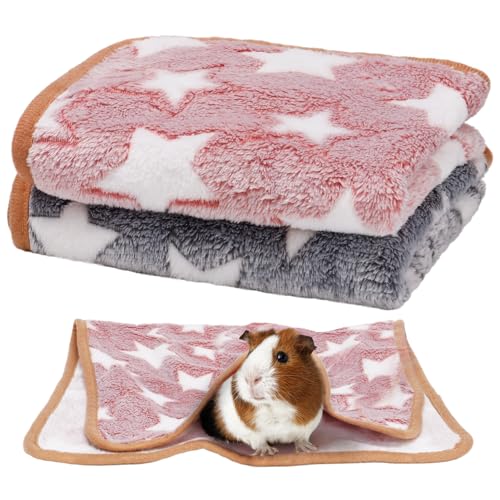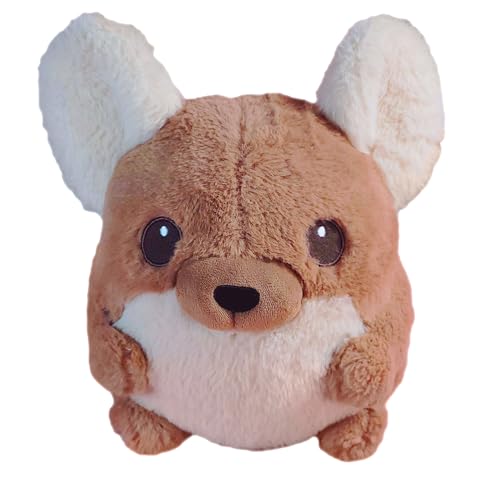As Tab said, the standard is the wild type, it does not have a gene but rather carries the possibility for all mutations, and is standard when those mutations are absent.
Black is Blbl, not A. BlBl would not exist because of the lethal factor, and blbl would be a standard.
Similarly, beige is Pw, not B. B is for the charcoal series of mutations (not sure how blacks got a B), P is for the pink-eyed series. A homo beige is PwPw, hetero beige Pwpw, and standard pwpw.
None of the current mutations that affect color are on the same locus which is why we have hybrids (Pink whites, brown velvets, TOV white sapphire wraps, etc) so it is not as though there is one "color section" on one chromosome, there are several.
Charcoals, piebalds, and albinos are actual mutations seen in chinchillas. However, they are very rare and I'm not even sure the latter two exist anymore. Sable is a different animal completely.
Piebald and albino are not terms used at shows - if those animals were shown they would be considered whites (even though they are genetically different than the common Wilson white - they are both recessive - phenotypically, they would be considered white and shows classify according to phenotype).
Charcoal is a term used at shows, but only as an alternate name to Ebony. Charcoal is an older term than ebony and used to be used in reference to any solid bellied mutation - the way ebony is used today. It has now been pretty much replaced by ebony in reference to phenotype, but is still used in reference to one specific mutation - a recessive ebony mutation.
The genetic notation for charcoal (Broucke charcoal) is B - since it is recessive a charcoal is bb, standard charcoal carrier is Bb, and standard BB.















































